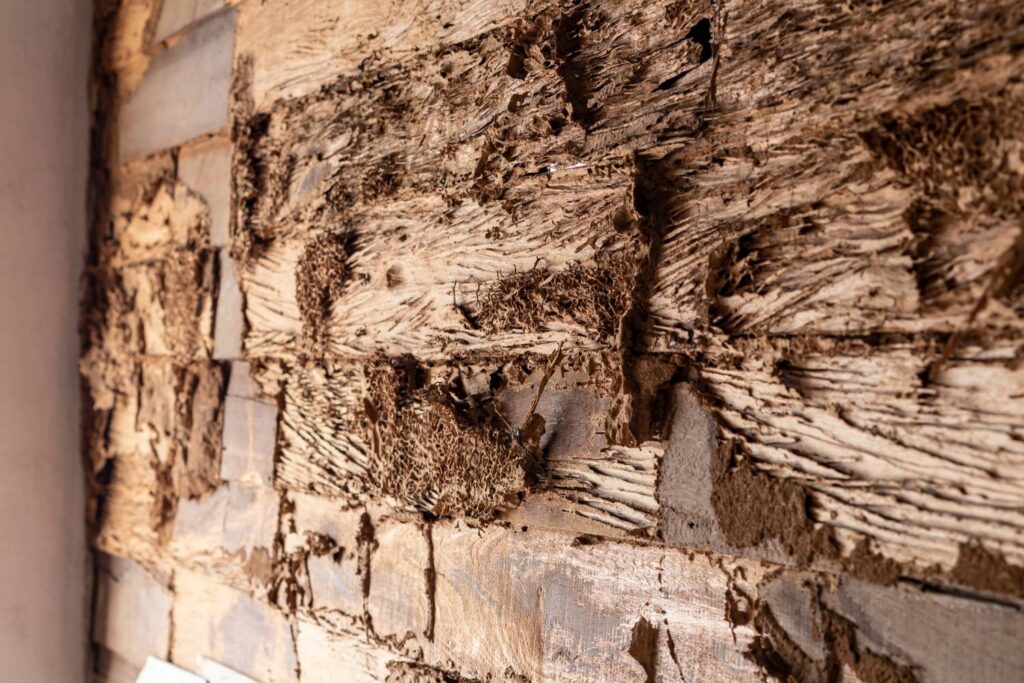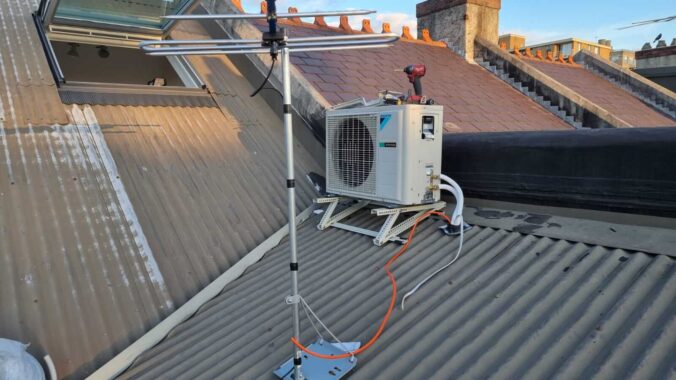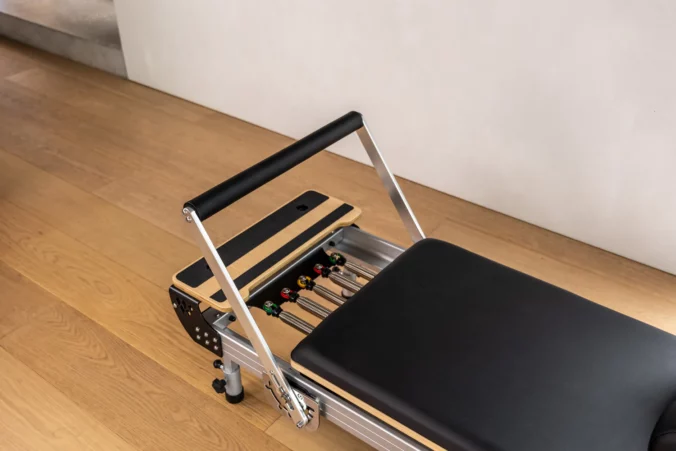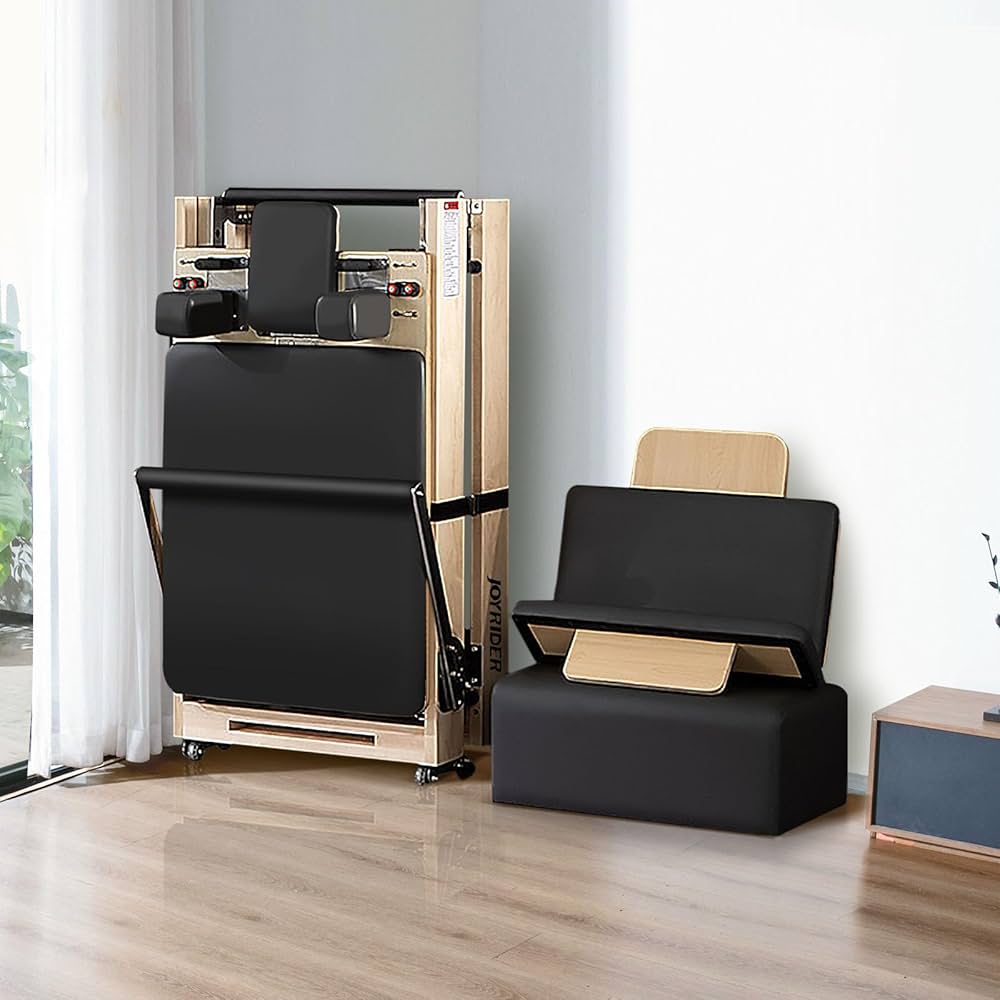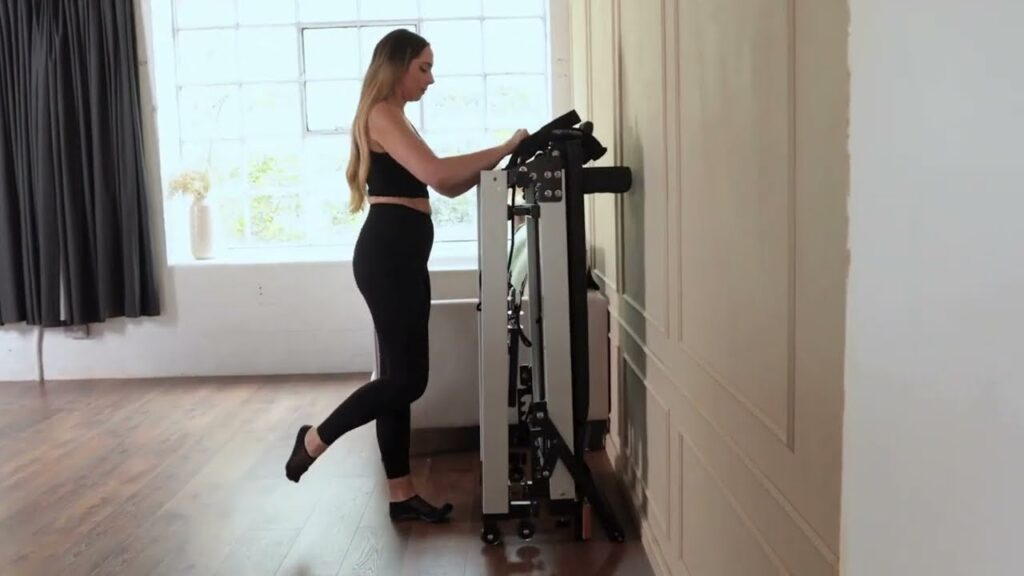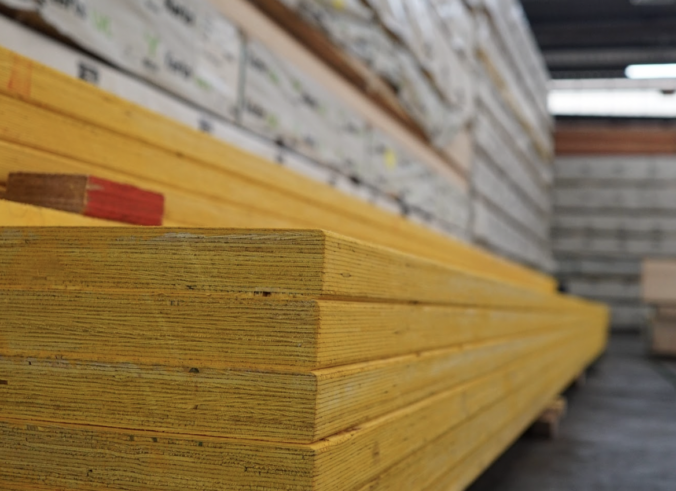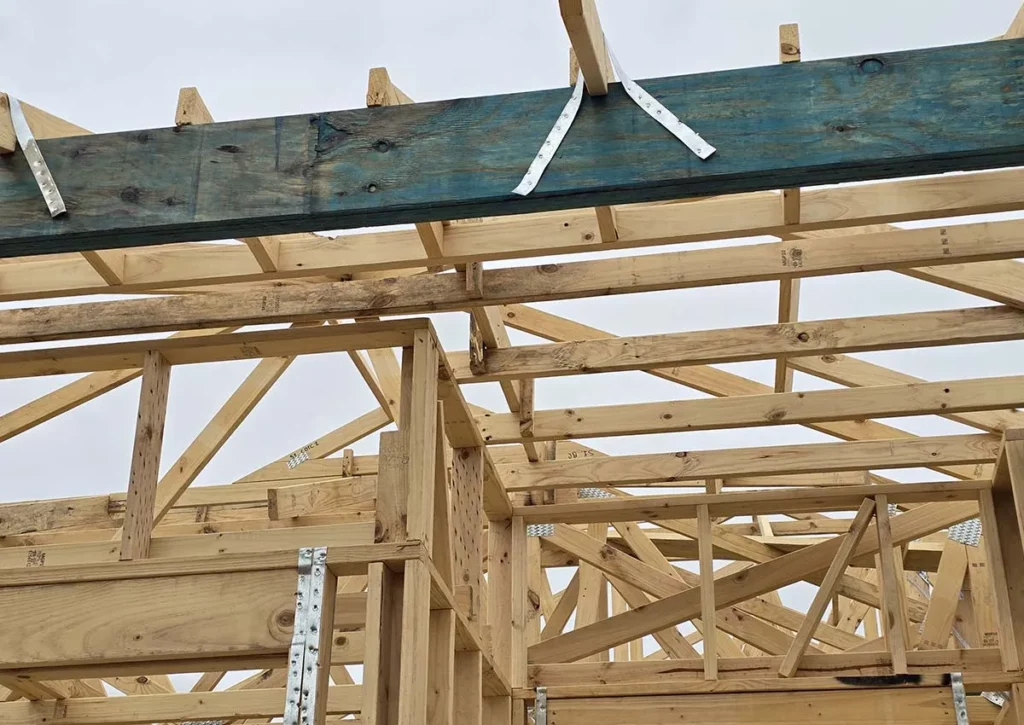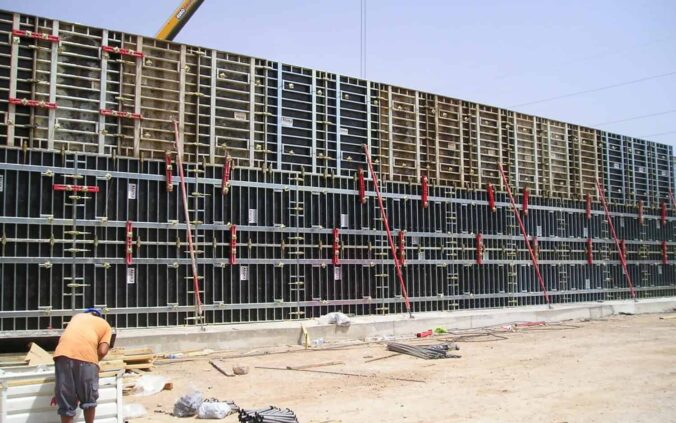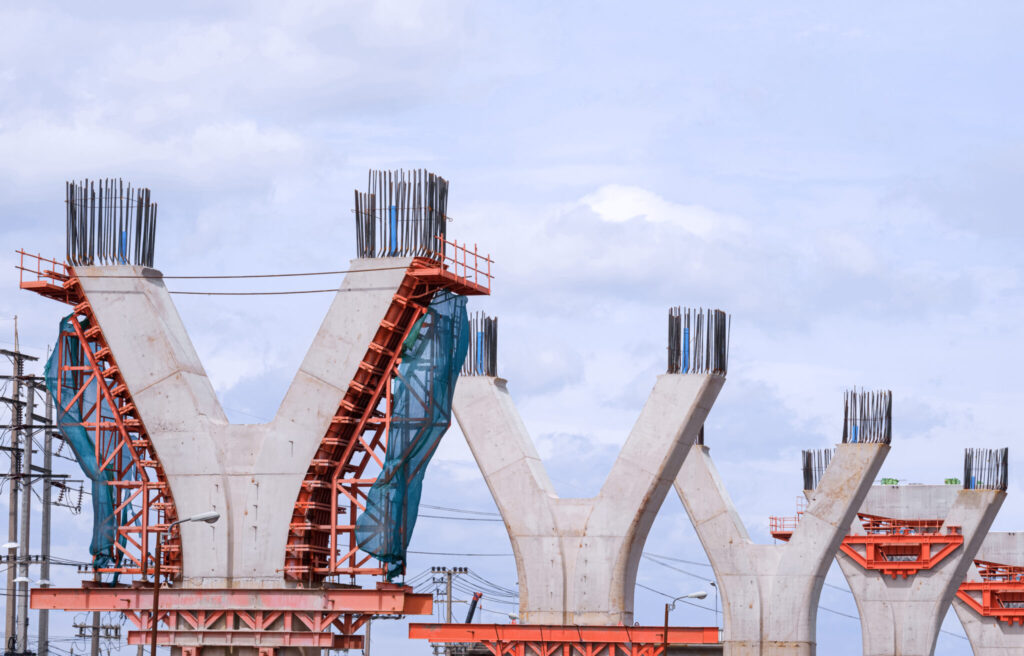What Is a Termite Inspection Checklist and Why Is It Important in Sydney?
A termite inspection checklist is a systematic document that guides licensed professionals through every critical area of a property where termites might hide or cause damage. This standardized approach ensures inspectors examine structural timber, roof spaces, sub-floors, exterior walls, and moisture-prone areas with consistent thoroughness.
Sydney’s warm, humid climate creates ideal conditions for termite colonies to thrive year-round. The checklist serves as a quality control tool that prevents inspectors from overlooking vulnerable spots where these destructive pests establish themselves requiring best termite control sydney.
A comprehensive checklist directly impacts early detection rates. When inspectors methodically work through each checkpoint—from foundation cracks to roof timbers—they catch infestations before extensive structural damage occurs. This systematic approach protects property values and prevents repair costs that can reach tens of thousands of dollars.
The checklist also creates accountability. Property owners receive documented evidence that every area underwent proper evaluation, giving them confidence in the termite inspection Sydney process and peace of mind about their investment’s structural integrity.
What Are the Common Signs of Termite Infestation That Inspectors Look For?
Inspectors search for visible termite infestation signs that compromise structural integrity, focusing on timber damage patterns that reveal active or past colonies. Professional assessments begin with physical testing of timber framing and floorboards, where inspectors tap surfaces to detect hollow sounds indicating internal consumption by termites.
Key indicators include:
- Hollow timber: Floorboards and structural beams that sound empty when tapped or feel soft under pressure
- Sagging floors and walls: Areas where termites have eaten away internal support, causing visible drooping or unevenness
- Live termites: White, ant-like insects approximately 3-4mm long, particularly visible during spring and summer swarming periods
- Discarded wings: Small, translucent wings near windowsills, doors, or light fixtures left behind after termite swarmers establish new colonies
- Mud tubes: Pencil-width tunnels along walls or foundations that termites build for protected travel routes
Inspectors pay special attention to joints between walls and floors, door frames, and window sills where timber damage typically begins before spreading throughout the property. For a more comprehensive understanding of these indicators, you can refer to this detailed guide on the signs of termites.
Moreover, it is crucial to know how to identify these pests early on. This resource provides helpful tips on recognizing termite infestations in your home.
If you suspect a termite invasion, it’s essential to take immediate action. This article outlines the steps from identification to elimination of these pests effectively.

How Do Inspectors Examine the Exterior of a Property for Termites?
Exterior inspection begins with a systematic evaluation of the building’s perimeter, where inspectors search for vulnerabilities that termites exploit. The process targets visible entry points and structural weaknesses that provide access to the property’s interior.
Inspectors closely examine outside walls for small cracks, gaps in mortar joints, or any movement in the brickwork. These openings serve as highways for termite colonies seeking shelter and food sources. The foundation receives particular attention, with professionals examining the condition of mortar between bricks and checking for deterioration that creates concealed pathways.
Wooden structures around the property demand thorough assessment:
- Fence posts and panels showing discoloration or soft spots
- Gate frames with visible damage or unusual moisture patterns
- Verandah posts displaying hollow sounds when tapped
- Decking timber with surface irregularities
Garden landscaping factors into the evaluation process. Inspectors measure distances between large trees and the house, noting root systems that might compromise foundations. Mulch beds, timber sleepers, and stored firewood positioned against walls create ideal termite habitats. Dense vegetation touching exterior walls provides protected routes for termite travel, prompting recommendations for clearance zones.
What Does a Roof and Roof Space Inspection Involve During a Termite Check?
A roof inspection involves checking both the outside roofing materials and the inside roof spaces for signs of termites. Inspectors look for places where termites can enter and areas where they are currently infesting.
External Roof Components:
Inspectors examine the following parts of the roof:
- Damaged or missing tiles that expose timber sarking
- Corroded metal sheeting with holes or weak spots
- Loose or deteriorating flashing around chimneys and vents
- Blocked or sagging gutters that cause water overflow
Gutters and Downpipes:
Proper drainage systems are essential for moisture control. Inspectors verify gutters channel water away from the structure, as pooling water near foundations creates ideal conditions for subterranean termite colonies to establish themselves close to buildings.
Roof Space Examination:
The internal roof cavity reveals critical evidence of termite activity. Inspectors scan timber rafters, beams, and sarking for shelter tubes—mud-like tunnels termites construct for protected travel routes. They also identify hollow-sounding timber, frass deposits, and weakened structural members that indicate active or previous infestations requiring immediate attention.
Why Is the Sub-floor Area Considered Critical in Termite Inspections?
Sub-floor inspection reveals termite activity before it reaches visible areas of your home. The dark, humid environment beneath floors creates ideal conditions for termite colonies to establish and spread undetected.
Inspectors thoroughly examine soil surfaces and timber supports in crawl space termites commonly target. They search for mud tubes climbing foundation walls, damaged bearers and joists, and live termite activity in the soil itself. Timber supports showing soft spots, crumbling wood, or hollow sections indicate active feeding.
Moisture detection forms a crucial part of sub-floor assessment. Standing water, damp soil, or condensation on surfaces attracts termites and accelerates timber decay. Inspectors identify:
- Inadequate ventilation causing humidity buildup
- Plumbing leaks saturating the ground
- Poor drainage directing water under the house
- Damaged vapor barriers allowing moisture penetration
The confined nature of sub-floor spaces makes them difficult for homeowners to access regularly. Professional inspectors use specialized equipment including moisture meters, thermal imaging cameras, and inspection lights to detect problems in these hidden zones where termite damage often begins.
How Are Interior Rooms Assessed During a Termite Inspection?
Inspectors systematically test floors by walking lightly across surfaces and tapping with specialized tools to detect hollow sounds that signal internal timber damage. These acoustic tests reveal voids created by termites consuming wood from the inside out, often before visible surface damage appears.
Interior inspection protocols include:
- Floor testing: Inspectors apply gentle pressure while listening for unusual creaking or hollow resonance beneath carpet, tiles, or floorboards
- Wall examination: Tapping along wall surfaces to identify areas where termites have hollowed out structural timber behind plaster or paint
- Skirting board assessment: Checking for soft spots, bubbling paint, or mud-like material indicating termite galleries
- Window and door frames: Probing timber frames for structural weakness or visible tunneling patterns
Inspectors pay particular attention to areas where walls meet floors, as termites often travel along these junctions. Small pinholes in walls or fine sawdust-like material (frass) near baseboards can indicate active infestations requiring immediate attention.
What Role Do Plumbing Leaks Play in Termite Inspections?
Plumbing leaks create moisture-rich environments that attract termites and make them a critical focus in any Termite Inspection Sydney Checklist: What Inspectors Look For. Inspectors systematically check pipes, taps, and drainage systems for active or past water damage.
Moisture attracts termites because these pests need water to survive. Leaking pipes under sinks, behind walls, or beneath floors provide ideal conditions for colony establishment. Inspectors use moisture meters to detect hidden dampness that may not be visible to the naked eye.
Key plumbing areas examined include:
- Under-sink cabinets where pipe connections frequently develop leaks
- Bathroom and laundry areas with high water usage
- Hot water systems and their overflow pipes
- Concealed pipework within walls and under floors
Inspectors document any water stains, soft timber, or mold growth near plumbing fixtures. Even minor drips can saturate timber over time, softening it and making it vulnerable to termite attack. Addressing plumbing leaks promptly eliminates one of the primary risk factors for infestation.
How Do Environmental Factors Influence Termite Inspections?
Soil type and surrounding conditions directly determine termite risk levels for Sydney properties. Inspectors assess whether the property sits on clay, sandy, or loamy soil, as each type affects moisture retention and termite colony establishment differently. Clay soils that retain water create ideal environments for subterranean termites, while sandy soils may allow faster drainage but can still harbor colonies.
Vegetation proximity to the building receives careful scrutiny during inspections. Inspectors examine:
- Trees with root systems extending beneath foundations
- Mulch beds placed directly against exterior walls
- Overgrown gardens creating moisture-rich zones near the structure
- Stumps or dead wood within 20 meters of the building
- Dense shrubs touching walls that provide concealed termite highways
Large eucalyptus or gum trees near homes present dual concerns—their roots can damage foundations while their fallen timber attracts foraging termites. Inspectors document the distance between significant vegetation and the property, noting any direct contact points where branches or roots touch the building envelope.
The impact of these environmental factors on termite inspections is profound. For instance, understanding wood-destroying pests such as termites is crucial in these scenarios.

What Documentation and Reporting Are Provided After an Inspection?
Professional termite inspectors provide a comprehensive inspection report that details every finding from their assessment. This document typically arrives within 24-48 hours and includes specific locations where termite activity, damage, or conducive conditions were identified.
The report contains photographs of all critical areas, showing evidence of termite presence, structural damage, mud tubes, and moisture problems. These images serve as visual proof and help property owners understand the severity and exact location of issues. Inspectors mark up photos with arrows and annotations to highlight specific concerns.
Key components of the documentation include:
- Risk assessment ratings for different areas of the property
- Detailed descriptions of termite species identified
- Treatment recommendations with priority levels
- Cost estimates for remediation work
- Maps or diagrams showing affected zones
- Compliance certificates when no active infestation is found
Licensed inspectors also note any areas that were inaccessible during the inspection, ensuring transparency about the scope of their examination.
Why Should Homeowners Regularly Schedule Termite Inspections With Licensed Professionals In Sydney?
Regular inspections by licensed inspectors Sydney provide the most reliable protection against termite damage. Professional inspectors understand Sydney’s specific climate conditions, soil types, and termite species that threaten local properties.
Early detection benefits include:
- Identifying termite activity before structural damage occurs
- Reducing repair costs by catching infestations in initial stages
- Maintaining property value through documented inspection history
- Accessing expert knowledge of Sydney’s high-risk termite zones
Licensed professionals follow the comprehensive Termite Inspection Sydney Checklist: What Inspectors Look For, examining areas homeowners typically miss. They use specialized equipment like moisture meters, thermal imaging cameras, and acoustic detectors to find hidden colonies.
Annual inspections are recommended as minimum protection, with high-risk properties requiring checks every six months. Properties near bushland, older homes with timber construction, and buildings with previous termite history need more frequent monitoring. Licensed inspectors provide warranty-backed services and treatment recommendations compliant with Australian Standards.
Related : Termite Pest Control Sydney: What Happens During a Full Home Treatment



